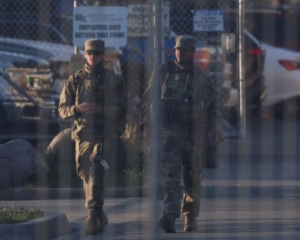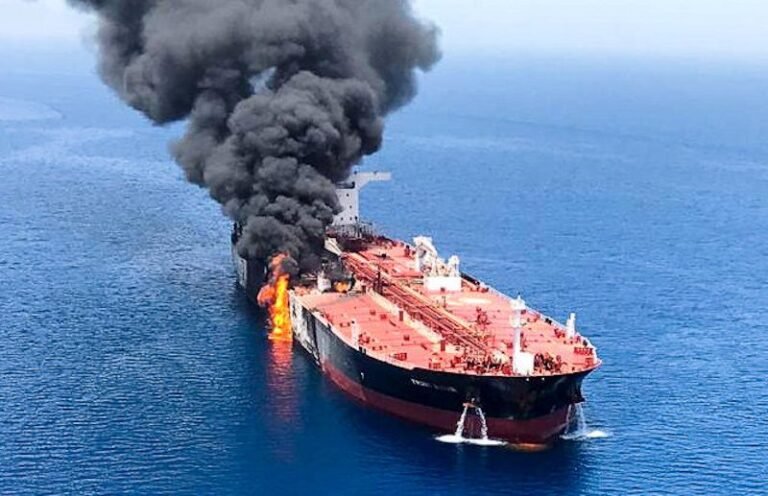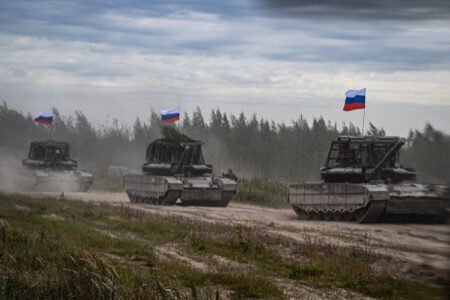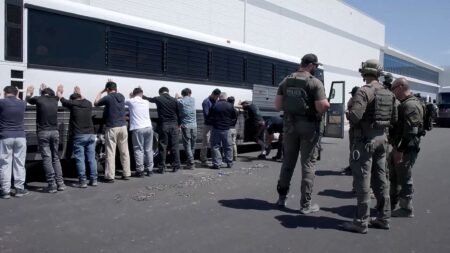The Tanker War was a violent chapter of the Iran-Iraq War, lasting from 1984 to 1988, during which the two countries attacked oil tankers and merchant ships in the Persian Gulf. This conflict extended beyond the battlefield and into the economic lifelines of both nations, severely disrupting global shipping routes and drawing in neutral countries, including the United States.
The Iran-Iraq War began in 1980, driven by territorial disputes and political tensions. By 1984, after years of heavy fighting with no clear winner, both Iran and Iraq began targeting oil shipments in the Persian Gulf. This marked the beginning of the Tanker War. Iraq launched the first attacks, aiming to damage Iran’s economy by hitting its oil exports. Using French-supplied Exocet missiles and aircraft, Iraq struck Iranian tankers and oil terminals.
Iran responded by attacking Iraqi tankers and vessels from Gulf countries that supported Iraq, particularly Kuwait and Saudi Arabia. Iran also deployed naval mines and speedboats to harass commercial vessels. These tactics escalated the conflict and turned the Persian Gulf into one of the most dangerous waterways in the world.
Over the course of the Tanker War, more than 400 ships were damaged or destroyed. At least 100 civilian sailors lost their lives. Many of the vessels targeted were not owned by Iran or Iraq but by neutral nations trying to transport oil and goods through the Gulf. This widened the impact of the war and alarmed the international community, especially countries that depended on Middle Eastern oil.
The attacks also threatened the narrow Strait of Hormuz, the only sea route out of the Persian Gulf. This strategic chokepoint was crucial for oil exports. Although it was never fully closed, the danger of conflict in the area caused oil prices to fluctuate and disrupted global energy markets.
In 1987, Kuwait asked the United States to help protect its tankers from Iranian attacks. The U.S. agreed to reflag Kuwaiti tankers under the American flag, allowing them to be escorted by U.S. Navy warships. This operation, known as Operation Earnest Will, marked the beginning of direct U.S. involvement in the conflict.
During this operation, several incidents occurred that brought the dangers of the Tanker War into sharp focus. In May 1987, an Iraqi aircraft mistakenly fired two Exocet missiles at the USS Stark, a U.S. Navy frigate. The attack killed 37 American sailors and raised tensions between Washington and Baghdad. Although Iraq claimed the strike was an accident, the incident highlighted the risks of operating in a crowded and hostile maritime environment.
In April 1988, another American warship, the USS Samuel B. Roberts, struck an Iranian naval mine. This prompted the U.S. to launch Operation Praying Mantis, a one-day military operation that destroyed several Iranian naval vessels and oil platforms. This was the largest naval battle for the United States since World War II and severely weakened Iran’s naval power in the Gulf.
The Tanker War eventually faded as the Iran-Iraq War ended in August 1988. However, the effects of this conflict have lasted for decades. It showed how regional wars could threaten global trade and energy security. It also increased the U.S. military presence in the Persian Gulf, a presence that continues to this day.
The Tanker War remains a key example of how economic targets like oil tankers can become central to modern warfare. It also demonstrated how conflicts in narrow waterways like the Strait of Hormuz can have ripple effects far beyond the region, affecting global oil prices and international politics.







